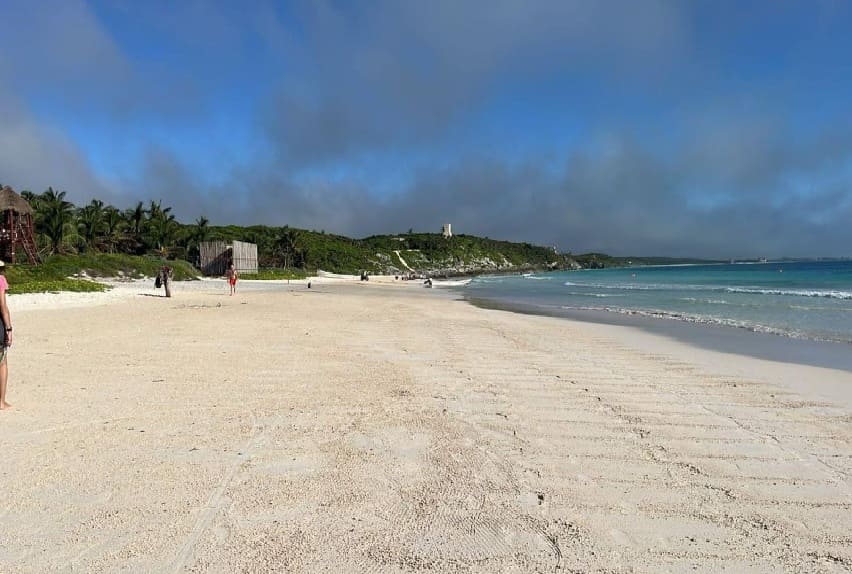Tulum, Q.R. — President Claudia Sheinbaum says her government is reviewing the causes of the decline in Tulum tourism. The presidential announcement was made Wednesday following ongoing concerns by hotels and service providers.
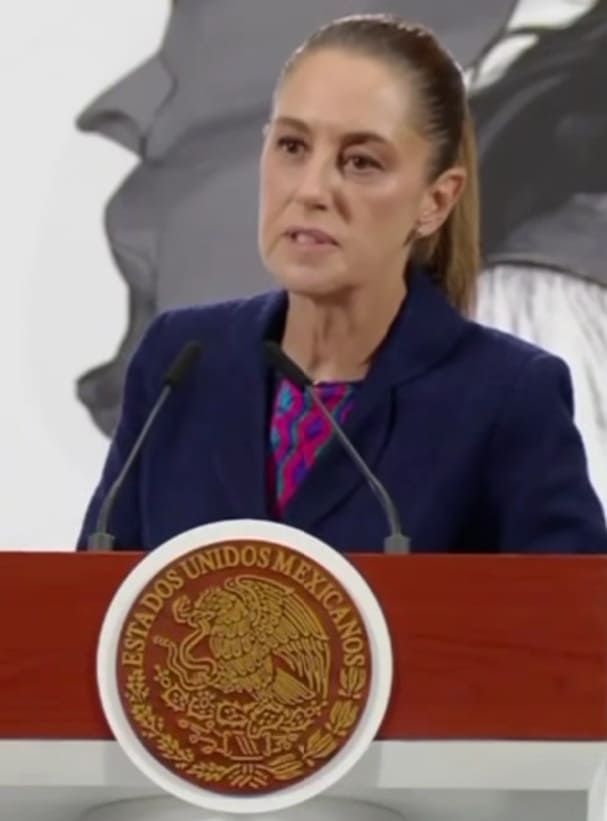
Sheinbaum said that although domestic tourism in general has increased, she acknowledged that the case of Tulum requires specific attention. On Wednesday during her press conference, she noted that one of the main issues reported are the high costs to access Jaguar Park, which is managed by the Secretaría de la Defensa (Sedena).
She said numerous complaints have been reported, some of which include a lack of access to the beach. Sheinbaum said her government remains committed to improving the tourist experience in Tulum, ensuring accessibility, fair prices and adequate infrastructure at natural sites like Jaguar Park.
Therefore, she instructed Josefina Rodríguez, Mexico’s Secretary of Tourism, to establish a working group with local business leaders to address the concerns.
“In the case of Tulum in particular there is an issue with the Jaguar Park that we are reviewing with the Ministry of Defense who operates the park…I asked Secretary Josefina to coordinate that working group,” said Sheinbaum.
“There are some complaints about the beach entrance and some signage issues that needs to be addressed, according to what the secretary told me, so we’re going to address them,” she added.

Her announcement came the day after Tulum Mayor Diego Castañón Trejo held a meeting of his own with local businesses. On Tuesday, Castañón Trejo held a meeting with municipal hotels.
“I met with representatives from the hotel industry to continue strengthening collaboration for Tulum. We want a destination that grows in balance where investment and the well-being of our community go hand in hand. I appreciate the willingness of the business owners to contribute to this transformation we are building in Tulum,” he said.
On October 7, members of the Tulum Hotel Association held a meeting with Tulum City Council which was led by Diego Castañón Trejo and cohosted by the Tulum taxi union to review the most frequent tourist complaints.

The group also met to agree on the creation of working groups to improve the visitor experience, primarily in the coastal area. In an interview following this meeting, David Ortiz Mena, President of the Tulum Hotel Association, commented that several videos have circulated showing problems or complaints about the destination, especially during peak season.
He said there is still time to correct this situation, explaining that among the topics addressed during the Tuesday meeting were mobility, taxi fares, street vendors, beach access and nightlife, among others.
“We reached agreements that I have no doubt will improve visitors’ stays, changing the story of Tulum and ensuring positive experiences are shared,” he commented.
Despite reports of a plunge in tourism, the federal Ministry of Tourism ruled out a tourism crisis, saying that the decrease is solely due to the low season. Tourism Secretary Josefina Rodríguez said that the destination of Quintana Roo maintains an occupancy rate close to 50 percent, an expected figure for this time of year.
“It’s not a crisis. These are evolving factors,” she stated.
Rodríguez reported that the federal government is working with state and municipal authorities on a comprehensive plan to strengthen destinations in the Mexican Caribbean with an emphasis on training, urban image and tourism infrastructure.
Bernardo Cueto, the Secretary of Tourism for Quintana Roo, agreed that the low occupancy rate is due to the sector’s natural calendar. “It’s low season, not a crisis. We can’t be complacent, but we shouldn’t raise alarm either,” he said.
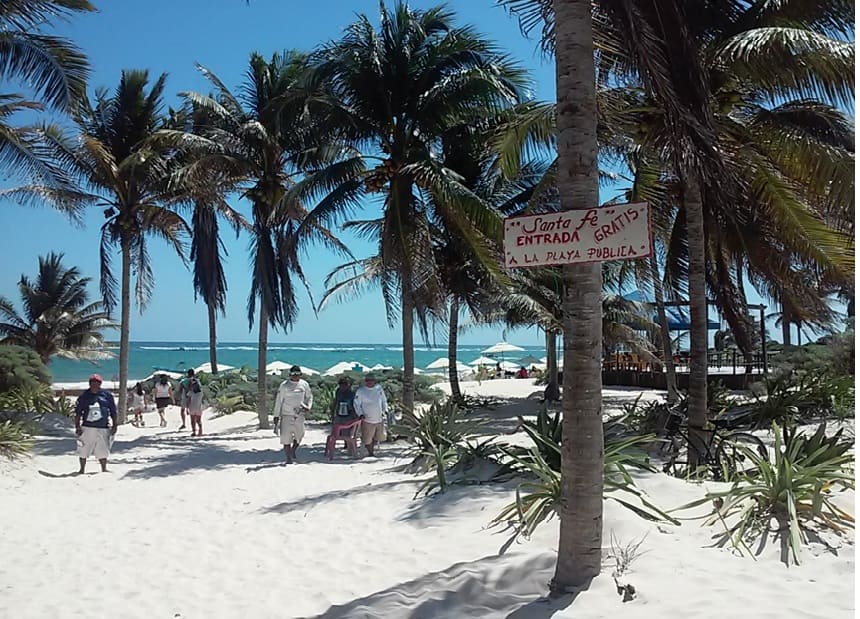
Cueto added that tourism staff training will be strengthened and that prices will be adjusted as the hotel offering grows, noting that Tulum has doubled its accommodation capacity over the past five years.
However, last week, employees of Jaguar Park spoke out when layoffs began. According to sources, there are irregularities in the internal management that ensure strategic positions are held by relatives of Sedena. Earlier this month, layoffs began which were implemented by Mundo Maya, the company that operates the park.

In August, Tulum boatmen expressed a similar concern about being displaced from working inside the park by new Mundo Maya vessels belonging to the company that manages it.
During the August 28 meeting, Lenín Pacheco Aguilar with cooperative Dorados de Playa Maya, said they were already feeling the heavy impact that managing company Mundo Maya is having on park tourism with the sharp decline in tourists.

According to Aguilar, of the 18 tourist boats that belong to his cooperative, only five were operating in August and when in use, did not exceed 30 percent of the boat’s permitted capacity. Aguilar says people who do come to Tulum are opting to visit cenotes or head to a beach where there are no charges.
He said they have been hearing that the new vessels owned by park management are to arrive in January of 2026, something that has Tulum boatmen fearing they are next to be displaced like what has already happened to taxi drivers, artisans and other tourism service providers.
Tulum City Councilor Eugenio Barbachano Losa launched a series of statements on issues that he said, “no one wants to touch in Tulum out of fear,” but that are fundamental to understanding the tourism and economic crisis that the municipality is going through.
According to Barbachano Losa, the administration of Jaguar Park is responsible for the 50 to 60 percent drop in visitors to the archaeological site, given that it is located within the park’s territory.
According to the council member, the way in which park access has been managed has significantly affected tourist attendance. Barbachano stressed that tourism is Tulum’s main industry and warned that many of the major federal investments are not producing the promised results.
He said the Maya Train and the Tulum International Airport, for example, face operational and logistical complications along with high transportation costs. In early August, Discover Airlines announced they were discounting service into Tulum, including their newly planned route for 2025-2026.
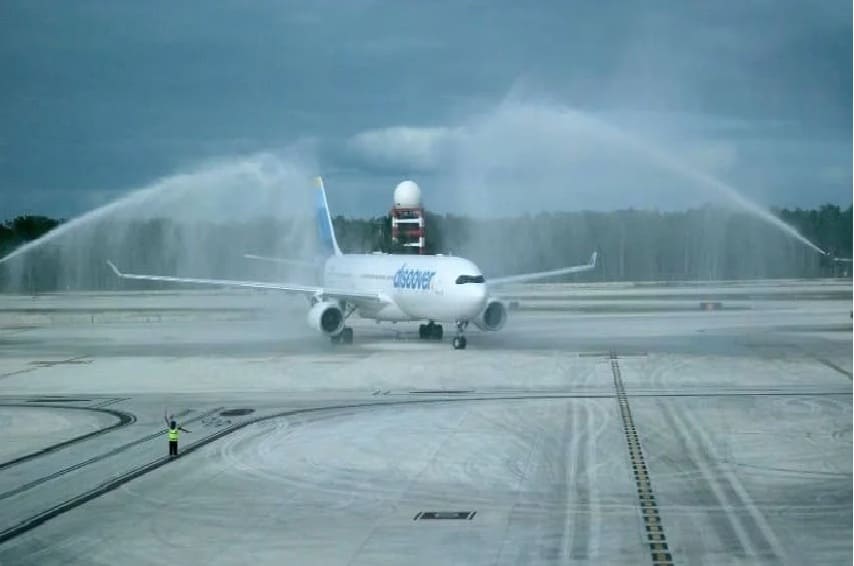
“The airport has a lot of potential, but it’s a combination of many factors,” they reported at the time. According to Germany’s Touristik Aktuell, the Tulum airport received mixed reviews from German tour operators that included issues with expensive on-site handling and limited ground transportation due to the limited availability of operators and buses.
Transfer times were also listed as a problem since they were not reduced as hoped due to a lack of infrastructure as there is no bypass around Tulum. The airline said those issued lead to a slowed demand for the route.
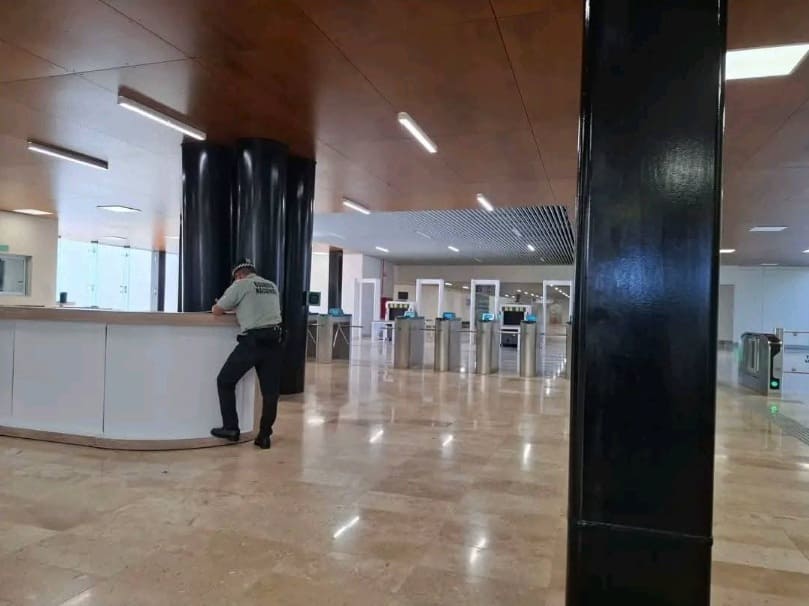
“These are the issues no one wants to address, but it’s time to do so. The Jaguar Park, the Maya Train and the airport aren’t working and the numbers are there to prove it,” he said.
During his Tuesday meeting, Mayor Diego Castañón Trejo asked the public to speak positively about Tulum “so that we can take care of our tourists,” asking that issues of beach access and the archaeological site not be politicized.
During his Tuesday press conference, Castañón Trejo said an agreement will be signed this week with Cancun that will allow 50 Tulum artisans and producers to sell their products through the city’s green markets once a month.

He also said he will hold a meeting with Josefina Rodríguez Zamora to create a strategy to promote Tulum for the upcoming 2025-2026 winter travel season.
